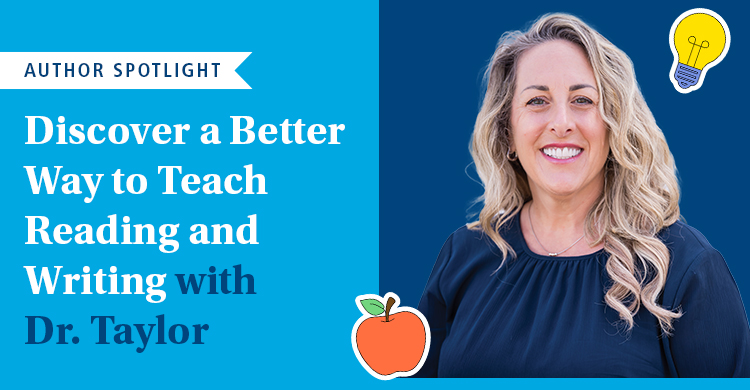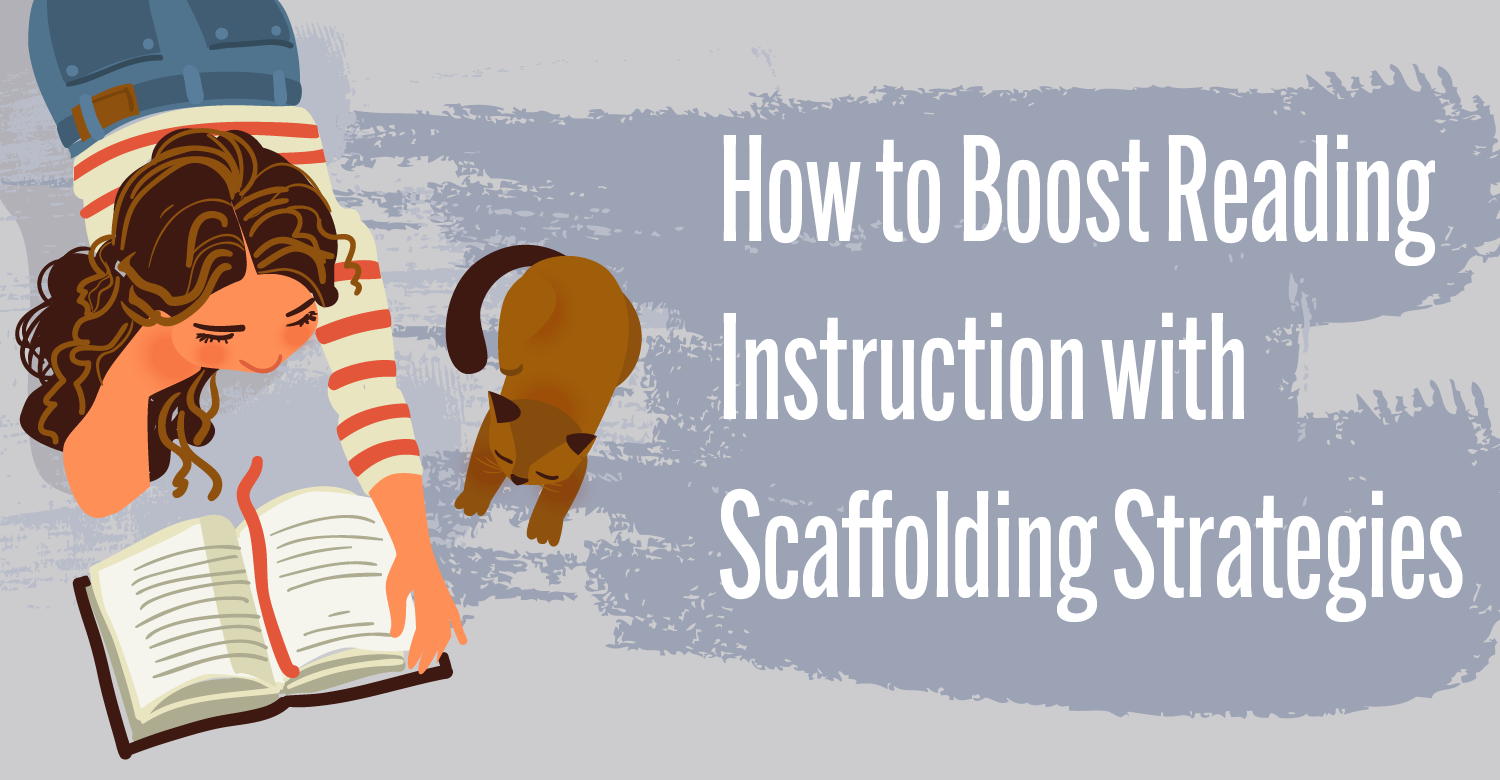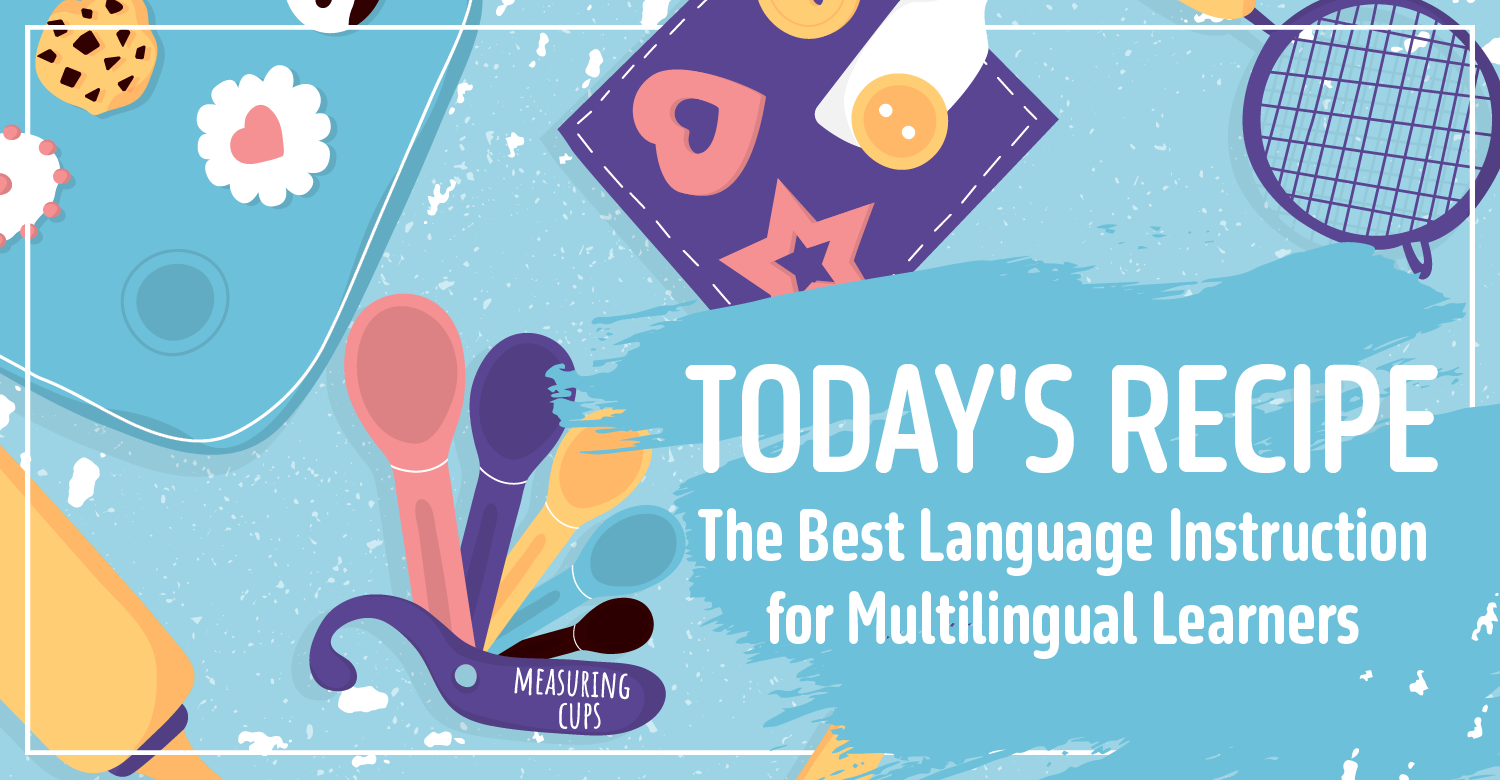This is the fourth post in a series on student-led, small-group discussions. To read the first post, see “Small Groups, Big Discussions.” The series explores the challenges to effective small-group discussions and how to address them. See all posts under Small Groups, Big Discussions.
When implementing discussion in the classroom, one common problem is that some students may not complete the reading assignment that is the foundation of the discussion. This is particularly detrimental in student-led small groups, where one student’s lack of participation can make a large impact on the group.
Before we intervene, however, we need to consider the contributing factors causing a student to react unfavorably to the reading task or assignment.
- Is the student not interested in the selected text?
- Is the reading choice too difficult or too easy?
- Does the student know that he or she will be talking about the book with peers?
- Is there a pattern of noncompliance with other school assignments?
It is important to identify the cause of a student’s noncompliance before trying to address it, because the solution may be different for each of these factors. For example, reminders about the consequences of an upcoming deadline may help a student who hasn’t been taking time limits seriously; but for a student with a text that is too difficult, it could actually make things worse by increasing his or her anxiety about the reading task.
Reading Choice Matters
Could departing from a traditional form of teaching—where we introduce a novel, distribute reading calendars, and assess students through a combination of quizzes and handouts—address the lack of engagement we may see in our students’ reading behaviors? Guthrie (2008) states, “Individual teachers must recognize that it is more beneficial to have every student in a class reading a book—despite its content and reading level—than it is to teach Shakespeare’s Julius Caesar to half of a class while the other half becomes more certain that reading is not for them” (p. 74). The research base on student-selected reading is robust and conclusive: students read more, understand more, and are more likely to continue reading when they can choose what they read (Walczyk & Griffin-Ross, 2007; Allington, 2012; Gallagher, 2009; Ivey & Johnston, 2011).
Structured Choice
Some teachers may find it difficult to move from all students reading the same text to free choice. Structured choice may be an option to provide benefits for students while still giving us some control as we try out this different instructional method. For example, a first-grade reading standard requires students to compare and contrast the adventures and experiences of characters in stories (NGA, 2010). Students may be given the choice to read from a variety of books that include The Marshmallow Incident (Barrett, 2009); A Friend for All Seasons (Hubery, 2006); Friends (Lewis, 1999); Cowgirl Kate and Cocoa: Rain or Shine (Silverman, 2008); Friend or Fiend? With the Pain & the Great One (Blume, 2009); Yo! Yes? (Raschka, 2007); Horrible Bear! (Dyckman, 2016); My Friend Is Sad (Willems, 2007); and The Great Pet Escape (Jamieson, 2016). These books all have the common theme of friendship.
The focused mini-lesson begins by modeling a think aloud where the first-grade teacher takes notes of adventures and experiences of characters while reading. After sharing a couple of examples, she moves on to showing how to create a T-chart about similarities and differences in the adventures and experiences of the characters in the two selected stories. A common mistake often made is that some teachers want to read both texts during the modeling activity and show several examples. Mini-lessons are short, 10–15-minute lessons that focus on one skill. Students may lose their attention to task if the lesson lasts too long or demonstrates various tasks.
Next, students can be broken into groups based on choice from the selected texts. For first-grade students, it works best for them to form pairs to read the text and jot notes. The target of the next day’s lesson will be on talking about the characters’ similarities and differences. During that focus lesson, the teacher will model ways to talk about the items listed on the graphic organizer and support students with talk prompts that will help them as they engage in their conversations with the same partners they had previously.
Choice for Older Students
While it is important to start students’ journeys as readers by offering some choice in what they read, it is especially important for older students to be able to select their own texts. A similar sixth-grade reading standard calls for students to compare texts in different forms or genres in terms of their approaches to similar themes and topics (NGA, 2010). Students can be grouped with clusters of books they had some choice in selecting. Groups may select three or more books from texts: Lions of Little Rock (Levine, 2012), Kizzy Ann Stamps (Watts, 2012), Sit-In: How Four Friends Stood Up by Sitting Down (Pinkney, 2010); 42: The Official Movie Novel (Rosenberg, 2014), Jackie Robinson: American Hero (Robinson, 2013), and Glory Be (Scattergood, 2011).
With six book choices, teachers often ask, “Do all students in a group read the same books?”
The answer lies in the comfort of the teacher and the students’ skills in having robust, sophisticated discussions. For teachers who are just beginning to offer choice in reading selection, it might be wise to form groups based on a cluster of books. For example, one group may be formed that will read Lions of Little Rock, Kizzy Ann Stamps, and Jackie Robinson: American Hero. Another group might read 42: The Official Movie Novel, Jackie Robinson: American Hero, and Glory Be. Since a group size of four to six is ideal for small-group discussions, other groups can be formed using various combinations of the six choices. The overlap of some texts across groups permits students to think about the titles that appeal to them.
After students have had some practice with structured choice of reading a variety of texts, you may want to ask students to read at least three books from the selection. Then groups will comprise students who have read different texts but share a similar theme. I can see students engage in deep conversations as they compare these texts with the similar theme of integration. Wouldn’t you want to be a student in this 21st-century classroom? The experience of choosing texts boosts motivation.
Choice and Content Classrooms
In content-area classrooms—science, social studies, and health—students will dig deeper into the subject if they are given choice in reading. For example, in science you may be studying the impact of global warming on weather patterns. Rather than having all students read the same selection from a textbook that gives one author’s perspective, some students may read about the history of climate change. Another group may wish to learn how the change in temperature impacts the world’s glaciers. Students who enjoy mathematics might be interested in finding out the annual cost of climate change, since published evidence indicates that the net damage costs are likely to be significant and to increase over time. The extent of climate-change effects on individual regions may be of interest to some students, and a fifth group might read text to understand the ability of different societal and environmental systems to mitigate or adapt to change.
When we offer students choice in their reading selection and time to talk with their peers about the information, we give up our role of “sage on the stage” and become the “guide on the side.” Students will gain authority from having some unique expertise. They will listen more attentively and empathetically, ask more and better questions, and be more accountable for their learning. It is this authority that empowers them to discover the importance of reading, collaborating, and listening to gain a deeper understanding of important content. Many people profess the key to success in the future is not what you know, but whether you are able to think, collaborate with others, and communicate effectively.
Selecting a Text that Aligns with Student’s Readability
Students should read within an individualized zone of proximal development range, the range of levels that is neither too hard nor too easy, where the student is challenged but not frustrated. Factors such as motivation, background knowledge, and more come into play when matching students with books. Being too rigid and allowing a child to choose only within a single level all the time doesn’t work well. When students have opportunities to talk about text with their peers, they can choose a “stretch” book, because they will have their peers to help them make meaning. On the other end of the spectrum, if a student wants to read easy books, it’s all right, as long as there is some just-right reading in his or her weekly reading.
When we consider that the typical fourth-grade classroom has students reading anywhere from the second- to the ninth-grade reading levels (and that later grades have an even wider range), the idea that one piece of text or book could meet the needs of every reader is absurd (Hargis, 2006). Rather than focusing on just one book option for all students, emphasize how important it is to enjoy many kinds of literature. Encourage students to explore new subjects, genres, and authors. Recommend that they read nonfiction books or other books with readability levels within their current zone of proximal development range. Differentiating instruction so that all readers have books they can actually read accurately, fluently, and with understanding is a characteristic exemplary elementary teachers possess (Allington, 2002; Taylor et al., 2003).
Setting Expectations and Explaining Consequences
In addition to giving some choice in text selection and ensuring the text is not too difficult, we should think about the expectations we establish. There’s no doubt that the clearer the expectations are, the more likely students will be to learn the intended task. Establishing effective expectations can ensure that the students’ energies are appropriately directed toward maximizing positive behaviors.
Natural consequences are part of the structure that makes expectations work. A student needs to know, up front, what may happen if he or she were to not meet expectations. The student can then choose to read the assigned text or incur the consequence. A natural consequence for not reading the text that teachers often use is to have them read the selection while other students engage in their group discussions. Students enjoy talking and working with their peers. It should only take one or two times before they adhere to the reading expectation. Try another strategy if the problem persists, because the goal is to have students read and engage in discussions to deepen their understanding of important content.
Helping students realize this cause-and-effect relationship, and that they have the power to choose the resulting “effect,” is one of the many ways teachers can empower their students and help them become more self-directed.
Other Factors and Suggested Possibilities
Some students may overestimate the amount of time they have to complete the reading task and underestimate the amount of time it will take to complete it. Consequently, they fail to leave themselves enough time to complete the reading. This is a common issue in secondary grades. Teachers have found success in giving calendars and breaking down large reading selections, so as not to overwhelm this type of learner.
When a reading selection seems very complex or time-consuming, even thinking about it can be overwhelming and stressful. So, students often fall into the trap of putting it off. Unfortunately, this ultimately backfires when they eventually start the reading, because now the inherent difficulty of the reading task is compounded by insufficient time to complete it. So, they end up with far more stress than they would have had if they had started earlier. A pacing guide or a reading log might help establish a schedule and provide a resource for monitoring a student’s reading pace.
Not all students are the same; they don’t all learn the same way or complete the same amount of work. Some students may benefit by shortening the reading assignment or selection until they build stamina.
If a student is having difficulty starting the reading assignment, help him or her identify incremental steps to take. This may mean employing pre-reading strategies like reading the back cover, reviewing the table of contents or posing some questions to motivate the student to begin.
For students to engage in meaningful discussions, they need to bring ideas to the table. The best way for them to do that is to read the assignment. It seems there are always one or two students who do not read the text, making it difficult for them to contribute in their group discussion. I have offered a variety of ways to address this common problem. Other ideas can be found in my books about student-led discussions (Novak & Slattery, 2016; Novak, 2014).
What successful strategies have you found to help reluctant readers tackle their reading assignments?
Next time, I answer the question, “My students talk for three to five minutes and then quickly go off topic. What can I do to address this challenge?” Look for the blog post on July 31!
Sandi Novak, an education consultant, has served as an assistant superintendent, principal, and teacher. With more than 35 years of experience in schools, Sandi provides professional development on a number of topics and initiatives, such as coaching principals and teacher leaders in developing strong literacy instruction, using data to monitor professional learning implementation, and developing school improvement plans focused on maximizing achievement for all students in literacy. Visit Sandi’s website, join her professional LinkedIn community, or send her a tweet @snovak91335.
References:
Allington, R.L. (2012). Reading intervention in the middle grades. Voices from the Middle, 19(2), 10–16.
Allington, R. L. (2002). What I’ve learned about effective reading instruction from a decade of studying exemplary elementary classroom teachers. Phi Delta Kappan, 83(10), 740–747.
Gallagher, K. (2009). Readicide: How schools are killing reading and what you can do about it. Portland, ME: Stenhouse.
Guthrie, J. (2008). Engaging adolescents in reading. Thousand Oaks, CA: Corwin.
Hargis, C. (2006). Setting standards: An exercise in futility? Phi Delta Kappan, 87(5), 393–395.
Ivey, G., & Johnston, P. (2011). Engagement with young adult literature: Processes, consequences, and limits. Paper presented at the annual meeting of the Literacy Research Association. Jacksonville, FL.
National Governors Association Center for Best Practices, Council of Chief State School Officers. (2010). Common Core State Standards Reading. Washington DC: National Governors Association Center for Best Practices, Council of Chief State School Officers.
Novak, S., & Slattery, C. (2016). Deep discourse: A framework for cultivating student-led discussions. Bloomington IN: Solution Tree.
Novak, S. (2014). Student-led discussions: How do I promote rich conversations about books, videos, and other media? Alexandria, VA: ASCD.
Taylor, B. M., Pearson, P. D., Peterson, D. S., & Rodriguez, M. C. (2003). Reading growth in high-poverty classrooms: The influence of teacher practices that encourage cognitive engagement in literacy learning. Elementary School Journal, 104, 3–28.
Walczyk, J., & Griffth-Ross, D. (2007). How important is reading skill fluency for comprehension? The Reading Teacher, 60(6), 560–569.
[author_bio id=”1117″]







